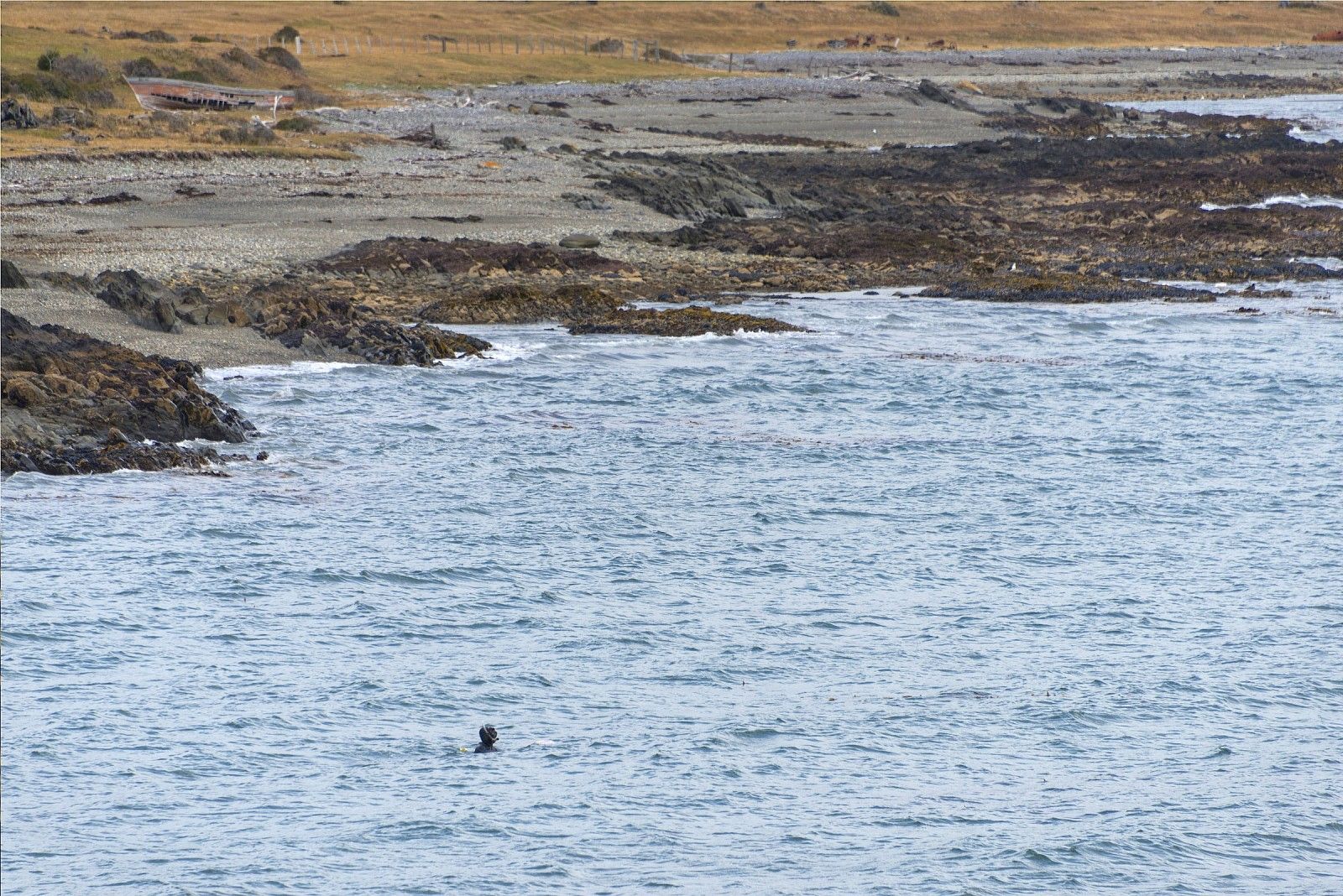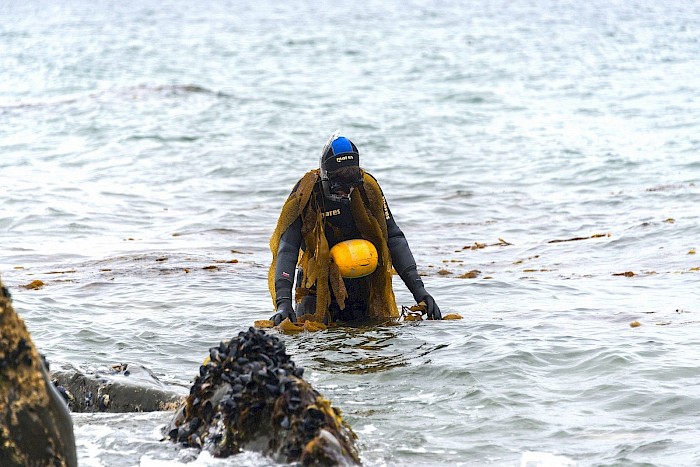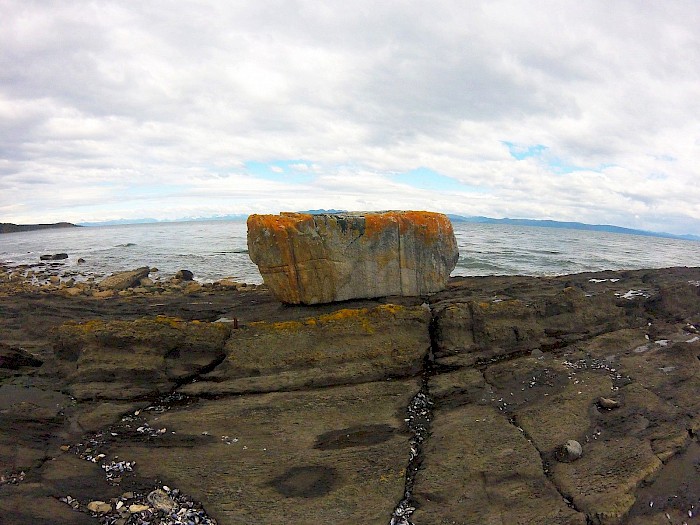Shown in Compétition #2.
Synopsis
In this story, water and liquidity are modes of connection between bodies, human and non-human, and the ocean. Hundreds of False Killer Whales have stranded on the coast to protest against the femicide of Juana Llancalahuen, who died under the blows of her husband. The film evokes the violence behind historical and scientific narratives, as they are written by and for the privileged.
With the support of the Swiss embassy in France
Texte du comité de sélection
In this eco-feminist fable, the artist Magali Dougoud films with great sensuality and sincerity the landscapes and elements that populate her film. Water is present in almost all the shots and the rhythm of the waves becomes that of the film. Redoubled by the tone of the voice-over and by the poetic text, the film becomes meditative, almost hypnotic, while what is described in it touches on concrete and crucially important political issues. If the film evokes the idea of a collective that would encompass the whole of life, a certain solitude, nevertheless serene, emanates from it, allowing the videographer to physically integrate each of the elements she films without obstacles.
Translation made by the translator www.DeepL.com/Translator
– T.D.
What is the starting point for Juana Llancalahuen et les falsas orcas (Temps 1 à 4)?
I was invited to participate in a residency at the Casa-Museo Alberto Baeriswyl (CAB) in Puerto Yartou, Chile, together with Chilean artists and scientists in Tierra del Fuego around the concept of Deep Time. The starting point of my film is this research that I have been conducting for some time around water and liquidity, what is underwater and the myths related to it. This work is inspired by the concept of hydrofeminism developed by Astrida Neimanis in her article Hydrofeminism: Or, On Becoming a Body of Water. It is the idea that we are all Bodies of Water and that this water connects us to other human and non-human bodies. I also seek to dismantle the dominant historical and scientific discourses and for this project in particular, I am interested in how time is constructed and thought in a linear way in contemporary Western societies and how this conception creates hierarchies. This research resulted in 4 chapters called “Time” and a mythological and futuristic narrative at the same time, where past, present and future are constantly intermingled. I went to the Rio Secco Museum in Punta Arenas (CL), which is the starting point of the crossing of the Strait of Magellan. It was there that I discovered and heard the story of the stranding of hundreds of false killer whales. This story was linked in my head with another heard the day before, the femicide of Juana Llancalahuen. I then imagined an interspecies revolt in which the fake killer whales would protest against the violence inflicted on this woman and on women more generally.
Can you tell me about the creation process? How did you conceive Juana Llancalahuen and the falsas orcas (Time 1 to 4)? Did you first write the text and then shoot the images, or were the text and the image made at the same time?
As I imagine most of my projects, I conceived this film in a very organic way. For the writing of the text, I let myself be impregnated with encounters made on the spot, stories I heard and collected, stories I read or imagined, as well as more theoretical writings. While gradually collecting these fragments, I began to film very freely. Thus the text and the images were constructed at the same time, but without necessarily responding to each other. It was back, at the moment of editing, that I intertwined the shots and the writing. Throughout this process, the voice over, which was already very assertive, marked the rhythm of the film. After that, there was first a much more abstract first version, then I went back to it a few months later to add and transform certain elements and shoot notably the few images on a green background.
When viewing, the relationship between women and the aquatic and marine world is soon felt. Can we talk about eco-feminism in your film? What do you think of this theory?
Indeed, I have been developing this link between women, water and liquidity for some time now in my work. This research could be close to notions related to eco-feminism, however it is more precisely anchored in a post-anthropocentric feminist thought such as hydro-feminism. This water that flows through us all, human and non-human, is an exploration of our otherness and links us heterogeneously to all other bodies and bodies of water, rivers, oceans… It is then a question of reflecting on a politics and ethics of the “other” that flows in us, as we flow in him, and of imagining our own body as a permeable membrane. I specify that this is not related to the biological reproductive functions of certain women. It is a question of developing a moving thought and deconstructing hierarchies and pre-established knowledge. I thus seek to develop an emancipatory imagination capable of reconquering the field of possibilities and creating other narratives, with groping, hesitant and repetitive, complicated and multiple voices.



